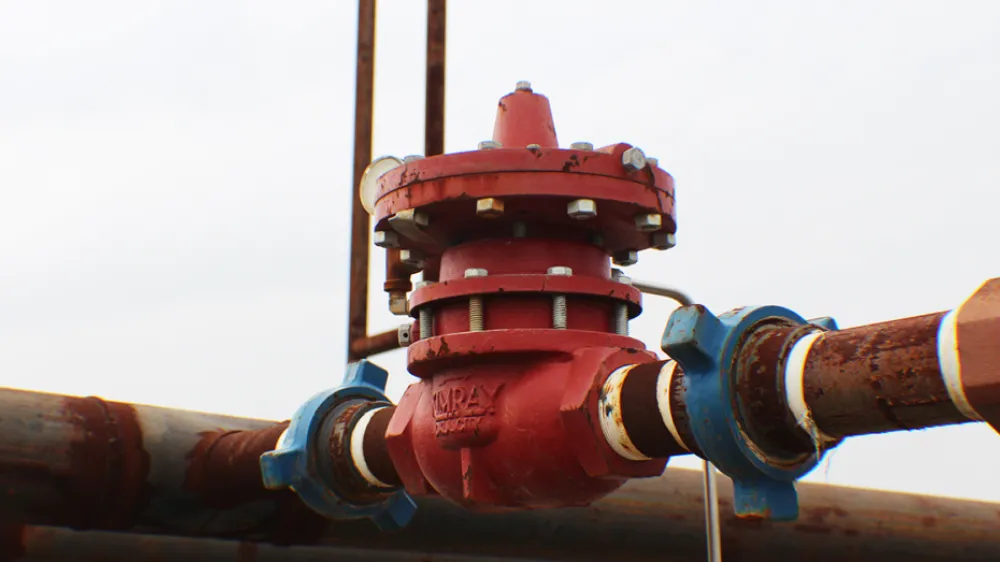
What is blanket gas?
Inside a typical storage tank at a central tank battery is a large amount of oil.
By the time it has reached this point, producers have processed the oil through equipment like free water knockouts, separators, and heater treaters, and it is now ready to be picked up and transported downstream.
While most of the natural gas has been processed out in these previous stages, there always remains a small level pf gas entrained in the oil. As the oil in the tank sits, this gas will gradually break out and rise to the top of the tank.
The small amount of gas at the top of an oil tank is called blanket gas.
What is a Blanket Gas Regulator?
A blanket gas regulator is a control device that holds a small amount of pressure on a storage tank. Producers commonly use a low pressure regulator for this application.
Why Use a Blanket Gas Regulator?
Producers use a blanket gas regulator primarily for safety reasons.
If you’re familiar with the fire triangle, you know that a fire needs three things to ignite:
- Fuel
- Oxygen
- Ignition Source
By holding natural gas pressure on the top of a storage tank—in a so-called “blanket”—producers eliminate the chance of oxygen getting into the tank. So while the tank houses a large amount of fuel, there is no oxygen, and hopefully no ignition source.
This limits the potential for fires.
How Does a Blanket Gas Regulator Work?
A blanket gas regulator at the top of the oil tank will keep pressure inside until it reaches a certain set point—often around 4 ounces. When the pressure reaches this set point, the regulator will send any excess gas down a pipe to either a sales line, flare, or vapor recovery unit.
To speak with an expert about this product or any other oil and gas control questions, contact your local Kimray store or authorized distributor.








































